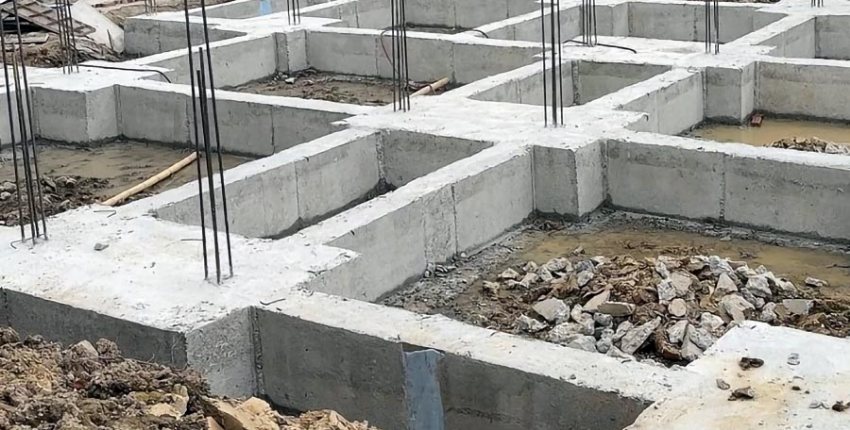Understanding Different Types of Building Foundations
Selecting the appropriate foundation is a fundamental step in building construction, as it directly impacts the structural integrity and lifespan of the building. The decision depends on factors such as soil characteristics, the weight the foundation must support, and the architectural design of the structure. Broadly, foundations are categorized into two types: shallow foundations and deep foundations.
Shallow Foundations
Shallow foundations, also known as open or spread footings, are used when the load of the building can be safely transmitted to the ground near the surface. These foundations are typically constructed by excavating the soil to a shallow depth and then placing the footing. The purpose of shallow foundations is to distribute the building's weight over a larger area to prevent excessive settlement or failure.Types of Shallow Foundations
- Individual Footings
Individual footings, also called isolated footings, are among the most commonly used foundation types in building construction. These are typically used when a structure has multiple columns that bear the load of the building. Each column is supported by its own square or rectangular footing. The size and depth of each footing depend on the load it needs to carry and the soil's bearing capacity.
- Strip Footings
Strip footings are long, continuous foundations that support load-bearing walls rather than individual columns. They are commonly found in older masonry buildings and low-rise residential structures where the entire wall carries the building's weight. These footings distribute the load evenly along their length, reducing the risk of settlement.
- Raft Foundations (Mat Foundations)
Raft foundations, also known as mat foundations, are large concrete slabs that support the entire structure by spreading the load over a wide area. These foundations are often used in buildings with basements or where soil conditions are weak. The reinforced concrete slab helps distribute the weight of the structure evenly, minimizing differential settlement. In some cases, additional columns may be placed within the raft foundation for added support.
Deep Foundations
Deep foundations are used when the surface soil lacks sufficient strength to support the building’s load. These foundations extend deep into the ground to transfer the load to a stronger soil layer or bedrock. Deep foundations are essential for high-rise buildings, bridges, and structures built on unstable soil.
Types of Deep Foundations
- End Bearing Piles
End bearing piles function by transferring the building’s load to a strong layer of soil or rock located deep underground. These piles act like columns, allowing the weight of the structure to bypass weak surface soil and rest on a solid foundation below. This method is particularly effective in areas with loose or compressible topsoil.
- Friction Piles
Unlike end bearing piles, friction piles rely on the resistance generated between the surface of the pile and the surrounding soil to transfer the load. These piles do not necessarily rest on a strong layer of soil or rock; instead, they use friction along their entire length to support the structure. The load-bearing capacity of friction piles increases with their length, making them an ideal choice for buildings constructed on soft or loose soil.






 Forget your password?
Forget your password? SIGNUP
SIGNUP


 Write a comment
Write a comment

